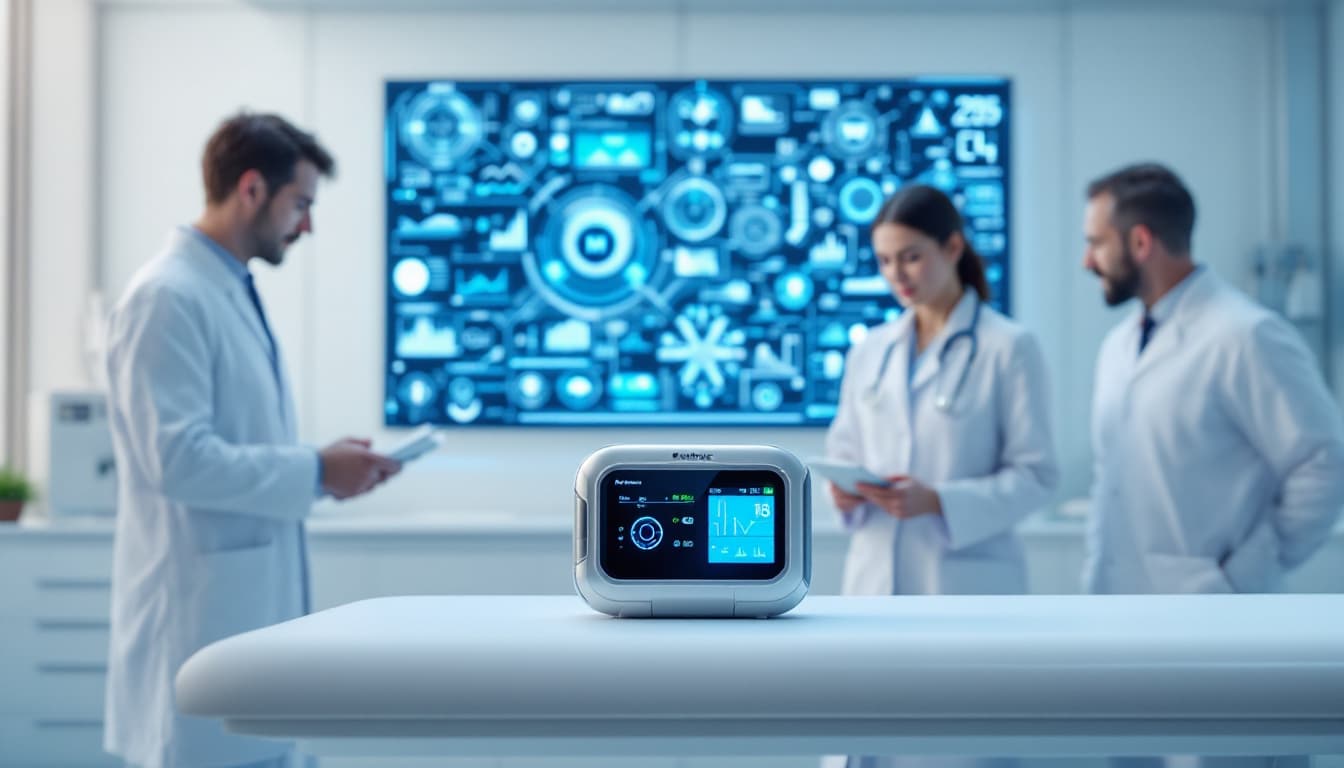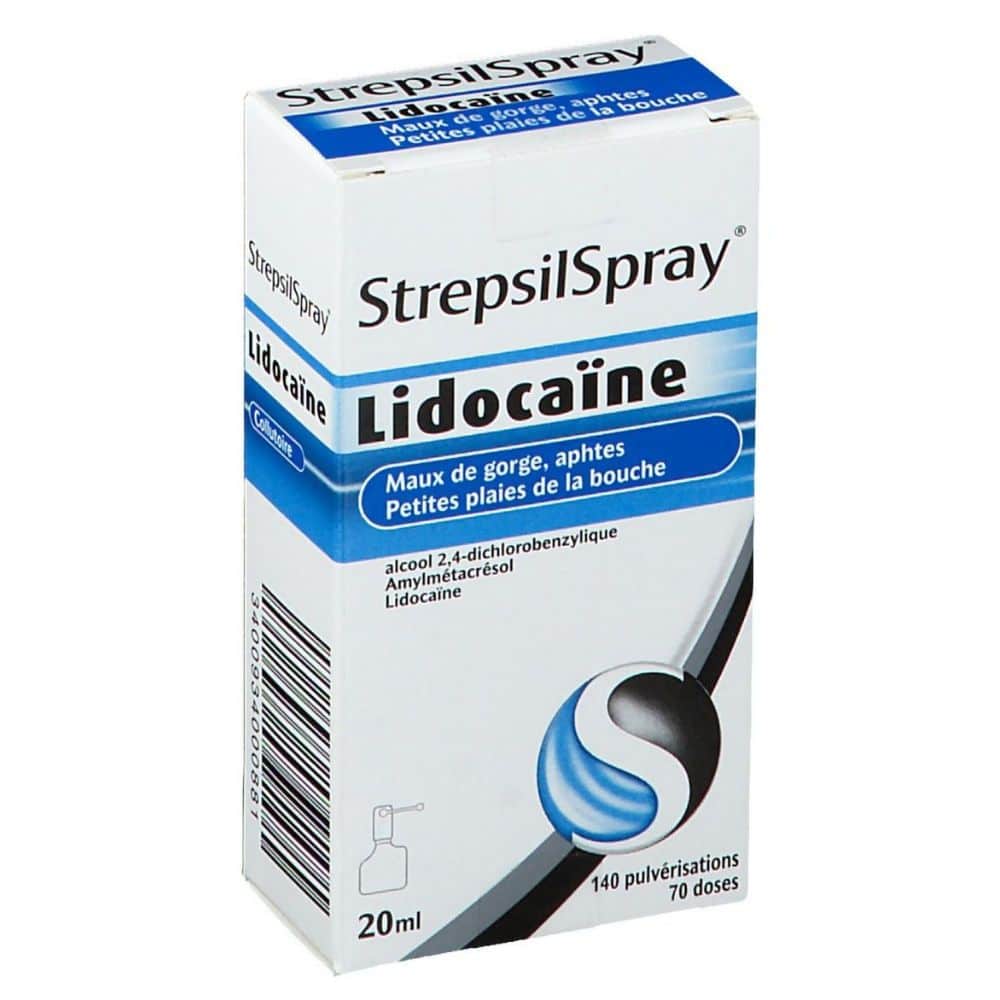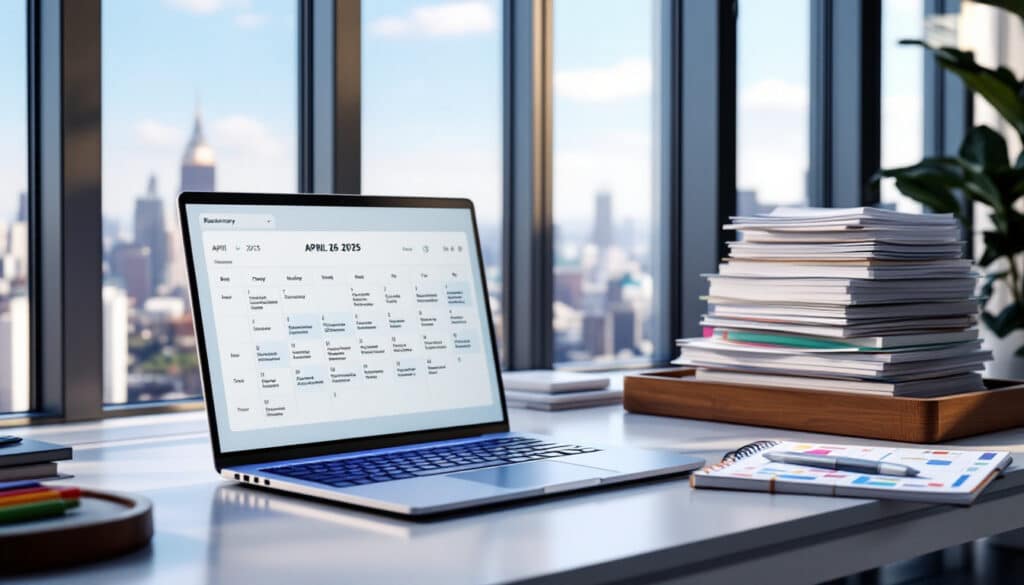Under regulatory complexity, navigating the submission processes can seem like a daunting task.
Discover a comprehensive resource designed to illuminate your path.
Optimize your efforts with expert advice and proven practices.
This comprehensive guide demystifies the 510(k) and De Novo procedures. Designed for regulatory professionals, it guides you step by step in introducing your innovative technologies to the market. Available now for AdvaMed® members starting at $200, this manual helps you avoid common pitfalls and ensures your compliance with FDA requirements.
“`html
Introduction to Medical Device Submissions
Navigating the complex world of medical devices requires a deep understanding of regulatory processes. For healthcare professionals and innovative companies, mastering submission efforts is essential to bringing cutting-edge technologies to market in full compliance. This article offers you a practical guide to understand the mechanics of the 510(k) and De Novo, the two main pathways for submission to the FDA.
What is the 510(k) Submission and When to Use It?
The 510(k) submission is a regulatory process used by the Food and Drug Administration (FDA) of the United States to evaluate the safety and efficacy of new medical devices before they are marketed. This pathway is particularly suitable for devices that present a new use of an existing device or are substantially equivalent to a previously approved product. The 510(k) thus allows for a faster introduction of technological innovations in the medical sector.
To submit a 510(k), companies must demonstrate that their device is equivalent to a product already authorized, called the “predicate device.” This submission includes detailed information about the device, clinical data, and performance test results. The goal is to reassure the FDA that the new device does not present increased risks compared to those already on the market.
It is crucial for companies to thoroughly prepare their 510(k) submission in order to avoid delays and denials. Resources such as the FDA regulations webinar offer valuable advice for navigating this process.
What is the De Novo Procedure and Its Advantages?
The De Novo procedure is an alternative to the 510(k) submission, specifically designed for innovative medical devices that have no directly equivalent predecessor on the market. This process allows for a classification of a device as class I or II, thus paving the way for market entry without having to go through the more rigorous premarket process required for class III devices.
The De Novo is particularly advantageous for companies developing breakthrough technologies or devices in areas where few precedents exist. By obtaining a De Novo classification, a company can not only market its product but also serve as a reference for future similar devices, thereby facilitating subsequent 510(k) submissions.
To successfully complete a De Novo submission, it is essential to provide comprehensive data demonstrating the safety and efficacy of the device. This includes clinical studies, risk analyses, and detailed information about the device’s operation. Strategic partnerships, such as those described in medtech-pour-des-dispositifs-visant-a-reduire-les-couts/”>the collaborations between hospitals and MedTech companies, can also enhance the quality of submissions.
How to Prepare an Effective Submission?
Preparing a successful submission, whether it is a 510(k) or a De Novo, requires careful planning and a thorough understanding of FDA requirements. Here are some key steps to guide you through this process:
Step 1: Understand Regulatory Requirements
Before starting, it is essential to thoroughly understand the regulatory requirements specific to your type of device. The FDA provides detailed guides that outline the necessary information for each type of submission. It is advisable to regularly consult regulatory updates to stay compliant.
Step 2: Collect and Organize Data
The submission must include all necessary data demonstrating the safety and efficacy of the device. This includes preclinical and clinical test results, performance studies, and risk analyses. Organizing this data clearly and structuredly is crucial to facilitate FDA evaluation.
Step 3: Write the Submission
The writing of the submission must be accurate and complete. Each section must meet the FDA’s expectations, providing detailed and well-documented information. Using practical guides, such as those available to regulatory professionals, can greatly enhance the quality of your submission.
Best Practices to Avoid Common Mistakes
Avoiding common mistakes in submissions is essential to speed up the approval process and minimize the risk of denial. Here are some best practices to follow:
- Thorough data verification: Ensure that all data provided is accurate, complete, and well-documented.
- Deadline adherence: Submit your file on time and meet the deadlines imposed by the FDA.
- Clarity and conciseness: Write clearly and concisely, avoiding superfluous information.
- Expert consultation: Engage consultants specialized in regulation to obtain advice and review your submission.
Adopting these practices can significantly improve your chances of success. Additionally, resources like Veeva Vault QMS offer advanced features for managing submissions and tracking actions in the field.
Common Challenges in Medical Device Submissions
The submission process for medical devices is often fraught with obstacles. Among the most common challenges:
- Regulatory complexity: Regulations can be complex and constantly evolving, making compliance difficult.
- Time and costs: Submissions can be lengthy and costly, requiring significant resources.
- Intensive documentation: The amount of documentation required can be daunting and prone to errors.
- Responses to FDA queries: Requests for clarifications or additional data can delay the process.
To overcome these challenges, it is crucial to prepare well and surround oneself with competent experts. Case studies, such as those presented in the best medical device transactions of the year, can offer valuable insights into successful strategies.
Resources and Tools to Facilitate Submissions
Numerous tools and resources are available to help companies navigate the submission process. Among them:
- Guides and manuals: Detailed guides provide precise steps for preparing submissions.
- Management software: Solutions like Veeva Vault QMS simplify document management and submission tracking.
- Training and webinars: Participating in specialized training can improve understanding of regulatory requirements.
- Regulatory consultants: Engaging experts can optimize the quality and compliance of your submission.
Accessing these resources, as highlighted on Namsa and its acquisitions, can greatly facilitate the process and increase the chances of success.
Mastering the submission processes of 510(k) and De Novo is crucial for any company wishing to market innovative medical devices. By following this practical guide, professionals can navigate regulatory requirements more effectively, avoid common pitfalls, and accelerate the introduction of new technologies to market. To access additional resources and optimize your submissions, explore the recommended links and tools throughout this article.













